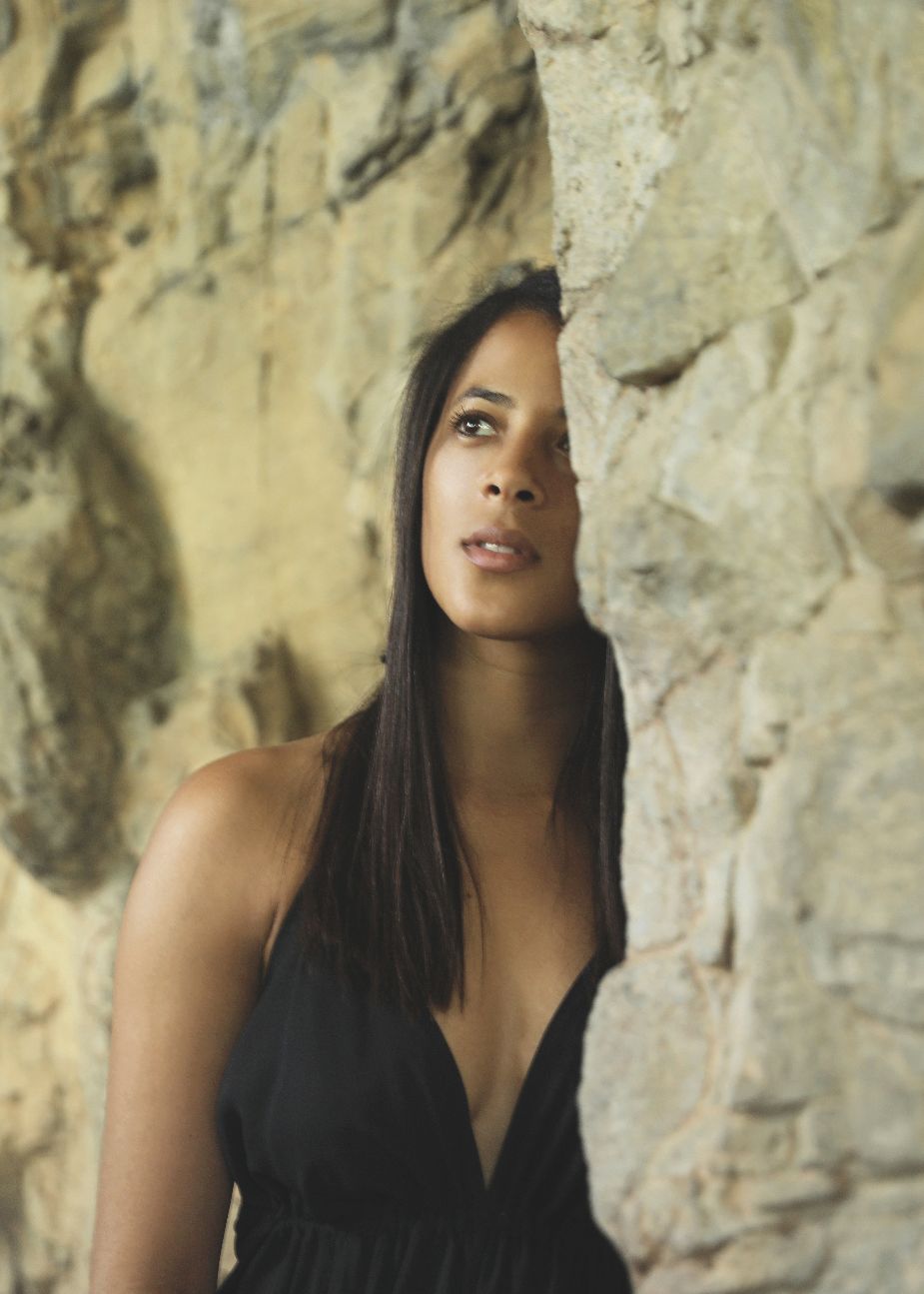What does spirituality look like in the metaverse? Sabrina Villard, the first shaman to build a virtual world, lets us in
As a tot, Sabrina Villard took her first steps in the Sahara desert, just south of Algeria. She did so while holding the hand of her great-grandmother, a Bedouin shaman—who are known in the region as Fugara—who she says lived to be 123 years old.
“She is still with me every day, guiding me,” says Villard, who inherited and honed her skills as a shaman from her late great-grandmother. She keeps a photo of her on an altar surrounded by candles and flowers in the corner of her ceremony room, which occupies the second bedroom of her apartment on Robinson Road in Hong Kong’s Mid-Levels district.
To this day, when faced with adversity or difficult decisions, a distinct tingle on her arm is a reassuring sign that her great-grandmother is watching over her. And one year ago, feeling she had that support, Villard made one of the biggest decisions of her life so far.
At the time, she was the Apac project manager for one of the world’s most revered luxury fashion houses by day, and by night, she would guide clients on shamanic journeys, straddling the living and spiritual realms to assist in a variety of areas: from healing traumas to removing subconscious patterns that block people from reaching their full potential.
“The traditional definition of a shaman is a seer in the dark,” says Villard. “I don’t know about anyone’s life when they come to me. I am shown what you are ready to see by your spirit guides, ancestors and your own memories. I have a conversation with your soul.”

Last September, on her birthday, she quit her high-flying fashion job to pursue her role as a shaman full-time. “I resigned on my birthday,” says the self-proclaimed witch. “Rebirth day!”
Since then, she has made it her mission to spread the ancient healing art of shamanism throughout the modern world. Without compromising its sanctity, she has found ways to make it approachable and applicable to even those who might be put off by the “woo-woo” perception of it.
“Some people like the theatrics of it: the crystals, the potions or dressing a certain way ... but it’s not for me,” says Villard, who prefers not to use any tools in her shamanic practice, and whose style is more wicked than witch. “For me, the modern witch is sure of herself and her intuition.”
In fact, Villard recently became the first shaman to enter the metaverse, spending the last few months building a world on online virtual community platform VRChat under her moniker, V-Healing. The dreamy domain is a futuristic, space station-esque oasis that looks out to a desert landscape—a nod to her Bedouin roots.
“It’s very peaceful: I worked feng shui into it; there are bubbles in the atmosphere; you feel light here,” says Villard, who built her world with the help of Weronika Marciniak, the Hong Kong-based architect for Future is Meta, a group of architects and product designers from leading global design houses that now specialise in creating virtual spaces in the metaverse.
“In everything I do, I want to bring soul to it,” Villard adds. “The metaverse is currently mostly gaming and commercial; it’s somewhere where there is no soul yet. That’s why they need people like us to bring this there.”
If you’re confused by the idea of “virtual” shamanism, imagining it as requiring, perhaps, a smoky session in an almost claustrophobic tent, far away from civilisation, think again. “Energy is not physical. I don’t need to touch you to make you feel something. For a long time, spirituality was always linked to something concrete, whether that’s a church or an amulet or a person,” she explains. “But [from my perspective], we are all going down this path where most material things are going to disappear. At the end of the day, it’s not my hands that heal people. On a journey, it’s about me connecting to your energy, no matter where I am.”

